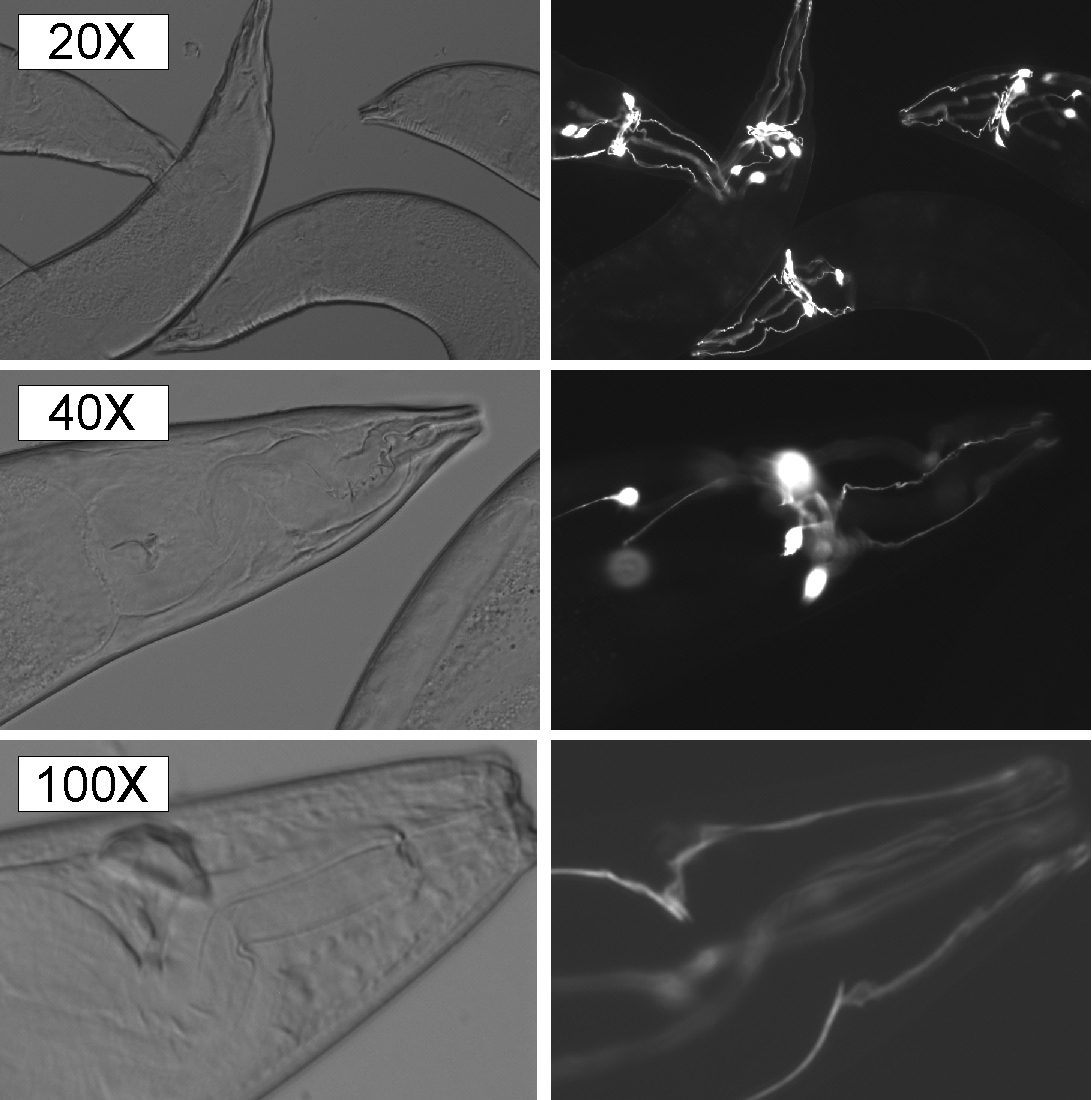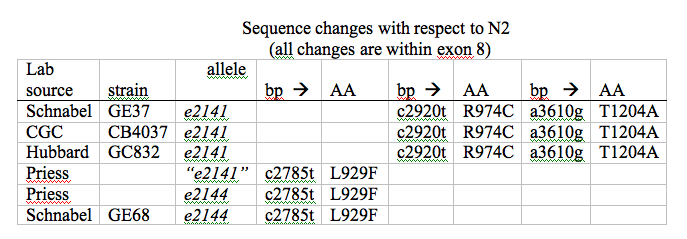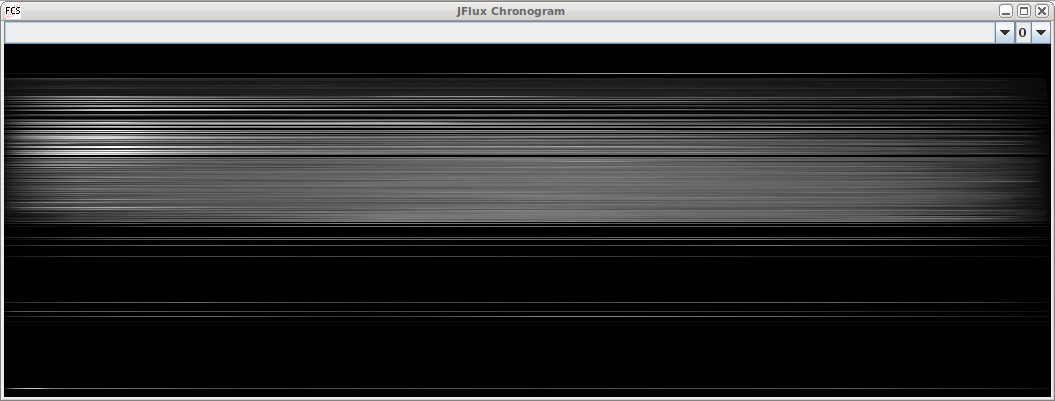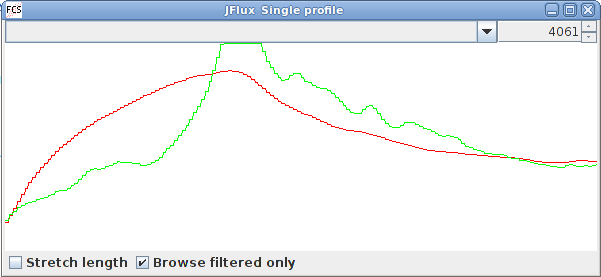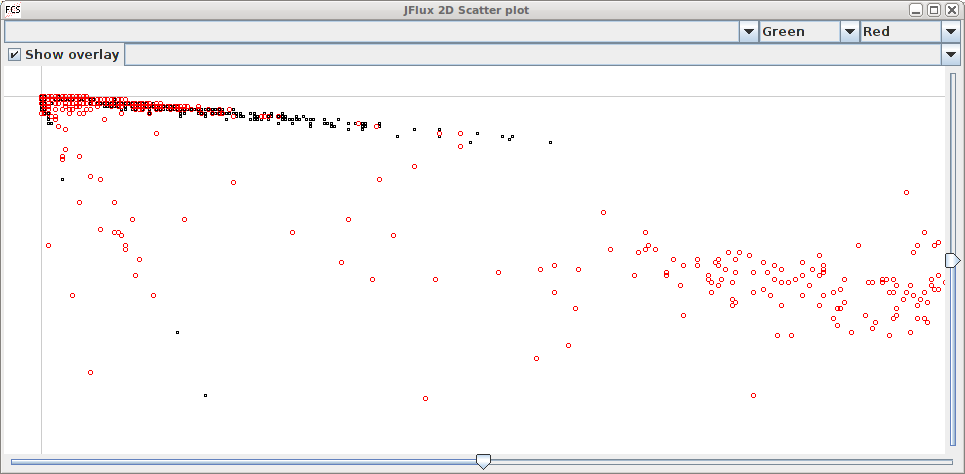To perform the procedure, nematodes cleansed of bacteria are picked and then released into a PEG/glycerol droplet (6.5 μl) on a glass slide. A cover slip is then gently placed on the droplet containing the nematode. Due to the small volume of PEG/glycerol droplet, nematodes need to be transferred to PEG/glycerol droplet, and rapidly overlaid with a cover slip before mounting medium (PEG/glycerol) dries. This quick step instantly immobilizes the nematode and leaves them well suited for microcopy, including acquiring images for extended periods of time. We find the method is particularly useful for quick screening of GFP expressing lines, which frequently requires analysis of many nematodes, and use of high-resolution, compound microscopy for detecting low levels of GFP expression (such as due to certain weak promoters).
We have also experimented with other mixtures of PEG and glycerol. For instance, a mixture of 30% PEG 8000 in 25% glycerol also renders the nematodes amenable for microcopy, however increasing PEG concentrations above 30% renders nematodes unstable and unsuitable for microscopy. Larval nematodes appear to be slightly more sensitive to the procedure. We noticed slight cuticle distortion in younger nematodes (L1-L3) when PEG/Glycerol (20:20) solution was used for microscopy. A further dilution of PEG might be required to overcome the distortion and 1 μl of levamisole (20mM stock) can be used to insure that the nematodes are motionless.
